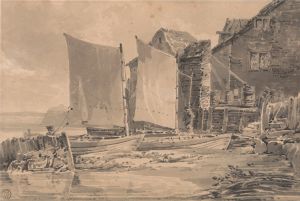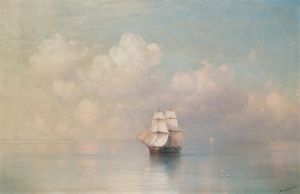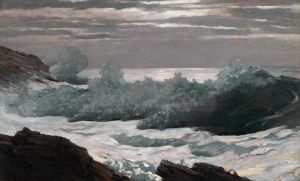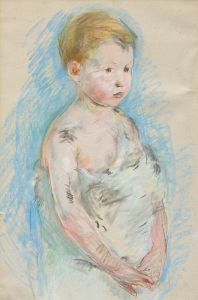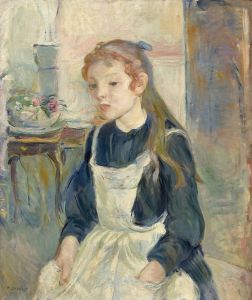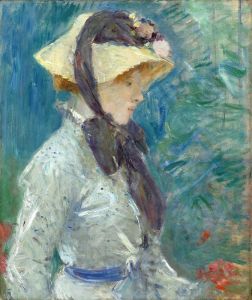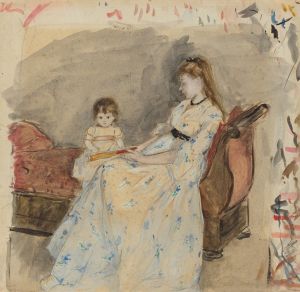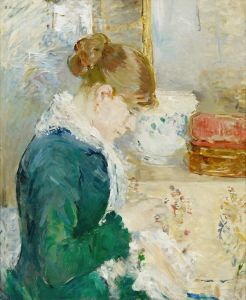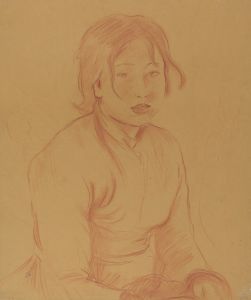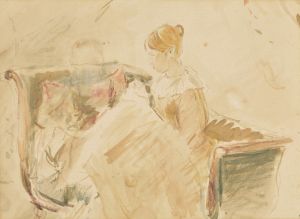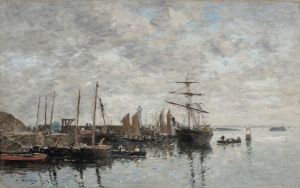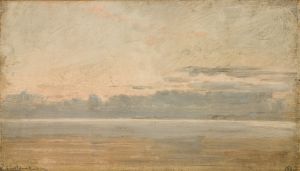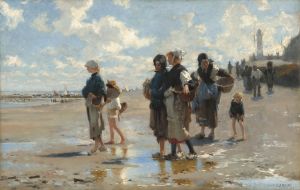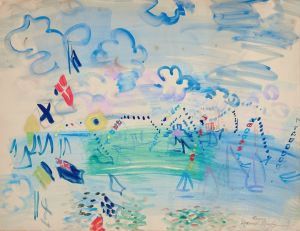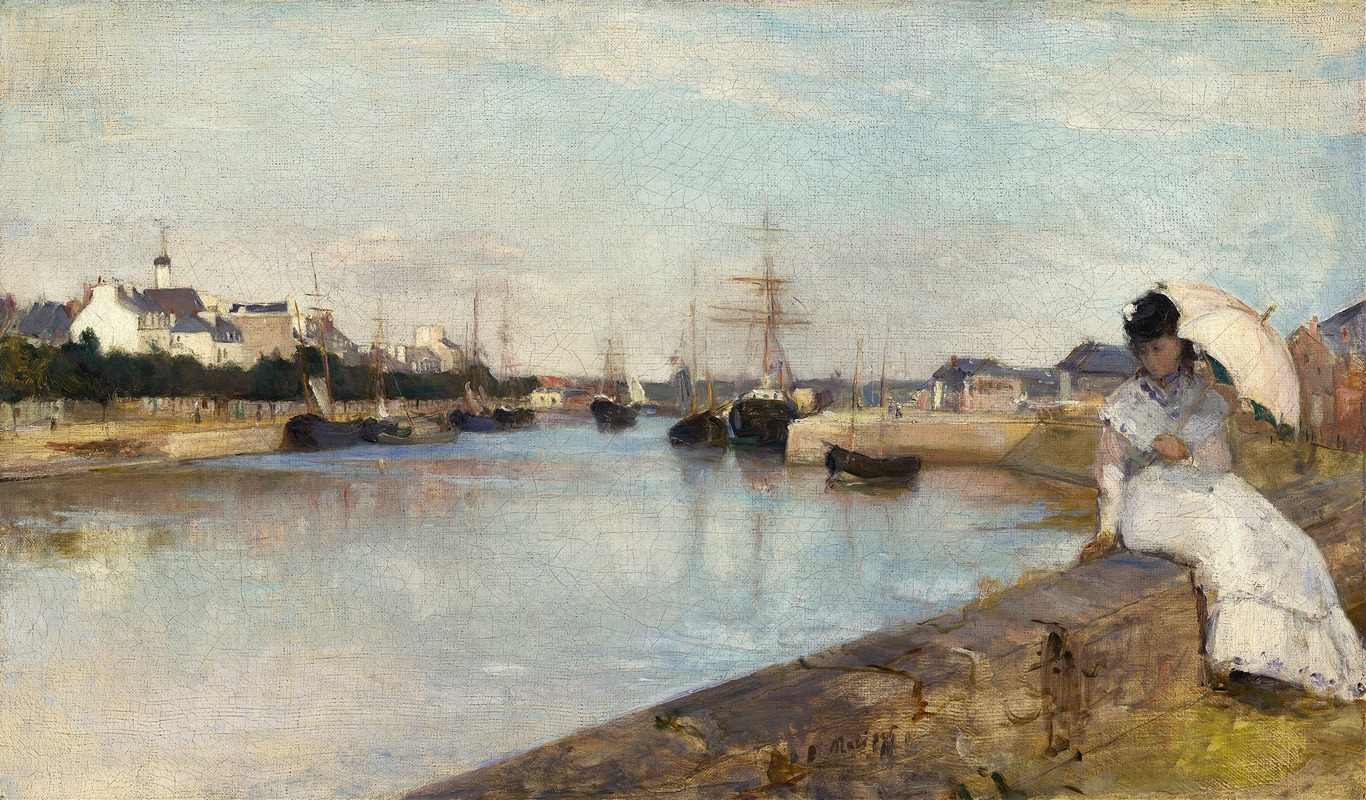
The Harbor at Lorient
A hand-painted replica of Berthe Morisot’s masterpiece The Harbor at Lorient, meticulously crafted by professional artists to capture the true essence of the original. Each piece is created with museum-quality canvas and rare mineral pigments, carefully painted by experienced artists with delicate brushstrokes and rich, layered colors to perfectly recreate the texture of the original artwork. Unlike machine-printed reproductions, this hand-painted version brings the painting to life, infused with the artist’s emotions and skill in every stroke. Whether for personal collection or home decoration, it instantly elevates the artistic atmosphere of any space.
"The Harbor at Lorient" is an oil painting created by the French Impressionist artist Berthe Morisot in 1869. Morisot, one of the prominent female figures in the Impressionist movement, was known for her ability to capture the subtleties of light and atmosphere in her works. This particular painting is a testament to her skill and her unique perspective within the predominantly male Impressionist circle.
The painting depicts the harbor of Lorient, a coastal town in Brittany, France. Morisot's choice of subject reflects her interest in capturing everyday scenes and the natural environment, a common theme among Impressionist artists. The harbor setting allowed her to explore the effects of light on water and the interaction between natural and man-made elements. The composition is characterized by its loose brushwork and the vibrant yet harmonious color palette, which are hallmarks of the Impressionist style.
In "The Harbor at Lorient," Morisot employs a soft and delicate approach to her brushstrokes, which imbues the scene with a sense of tranquility and movement. The painting captures a moment in time, with boats gently resting on the water and the subtle play of light reflecting off the surface. The sky is depicted with a range of blues and whites, suggesting a clear day with scattered clouds. This treatment of light and atmosphere is indicative of Morisot's ability to convey mood and emotion through her art.
Morisot's work often focused on themes of domestic life and leisure, and while "The Harbor at Lorient" diverges slightly from her typical subject matter, it still embodies her interest in the intimate and personal aspects of everyday life. The painting does not include figures, which is somewhat unusual for Morisot, who frequently included women and children in her compositions. Instead, the focus is entirely on the landscape and the serene interaction between the natural and the constructed environment.
The painting was created during a period when Morisot was beginning to establish herself as a significant figure in the Impressionist movement. She was closely associated with other leading artists of the time, including Édouard Manet, who was both a mentor and a close friend. Morisot's work was exhibited in the first Impressionist exhibition in 1874, and she continued to participate in subsequent exhibitions, gaining recognition for her contributions to the movement.
"The Harbor at Lorient" is housed in the National Gallery of Art in Washington, D.C., where it is part of the museum's collection of 19th-century European paintings. The painting is appreciated not only for its aesthetic qualities but also for its historical significance as a work by one of the few prominent female artists of the Impressionist era. Morisot's ability to capture the essence of a scene with sensitivity and nuance has earned her a lasting place in the history of art, and "The Harbor at Lorient" remains a celebrated example of her talent and vision.





